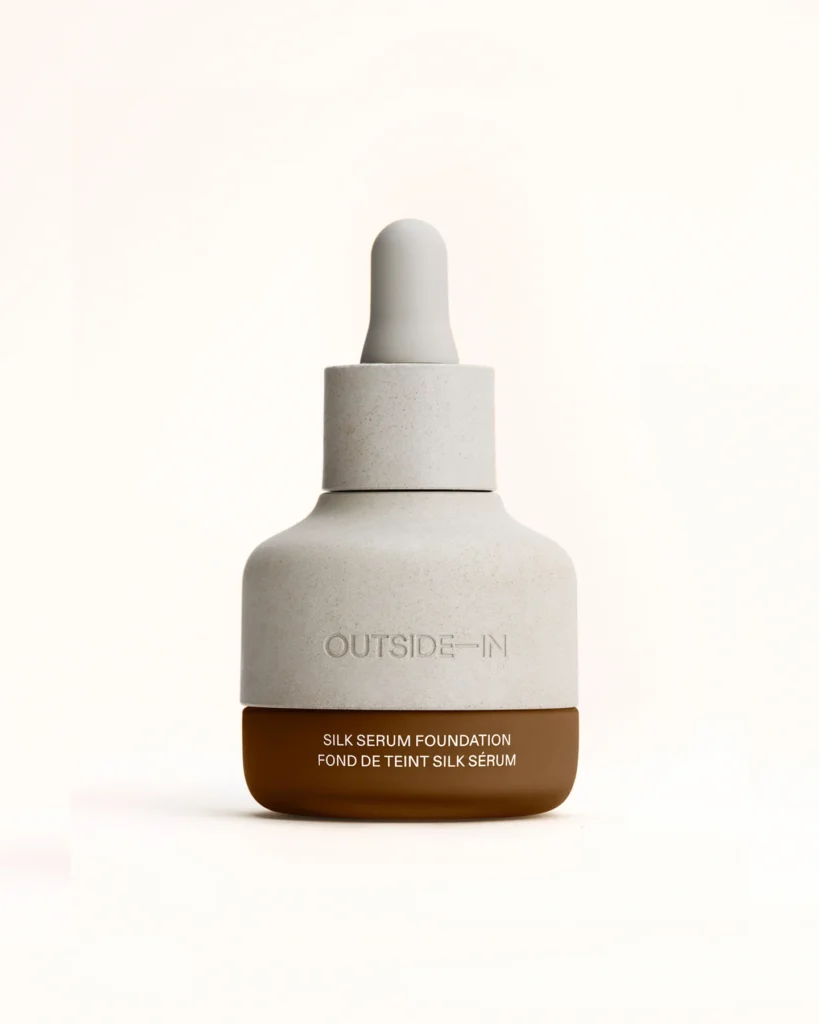Strolling strengthens the center and helps regulate blood strain and ldl cholesterol. Only one or two 10-15 minute walks a day could considerably decrease the chance of coronary heart assault, stroke, and early loss of life.
You’ve most likely heard that taking 10,000 steps a day is vital for lasting cardiovascular well being. However that quantity doesn’t truly originate from scientific analysis. The truth is, specialists say it comes from a Sixties Japanese pedometer advert.
Reaching that purpose can nonetheless be helpful. However new proof means that steady walks could also be simply as efficient, if no more so–even for folks with decrease whole step counts.
Preserve studying to learn the way strolling helps coronary heart well being and the way to get essentially the most profit out of your day by day routine.
Is strolling good for coronary heart well being?
Strolling is superb to your coronary heart; it prompts your entire cardiovascular system. Research present this straightforward train:
Strengthens the center muscle, serving to it pump blood extra effectively and ship oxygen extra successfully
Improves circulation, creating new tiny blood vessels
Helps wholesome blood strain
Could increase high-density lipoprotein (HDL, “good” ldl cholesterol) by as much as 11% over 12 months, in keeping with one research
Helps clear extra low-density lipoprotein (LDL, or “bad” ldl cholesterol), selling more healthy arteries over time
If that weren’t sufficient, strolling additionally helps regulate blood sugar and scale back persistent irritation–two main contributors to long-term coronary heart illness threat.
And since it’s low-impact, accessible, and doesn’t require tools or a gymnasium, strolling gives a sensible manner for most individuals to persistently incorporate motion into day by day life.
How a lot strolling for coronary heart well being?
Aiming for 7,000-8,000 steps a day may be extremely helpful to your well being.
However a research from the College of Sydney (Australia) and Universidad Europea (Madrid, Spain) means that the way you stroll could also be simply as essential–if no more so–than your whole step rely.
Researchers tracked greater than 33,000 adults aged 40 to 79 who walked fewer than 8,000 steps per day.
Utilizing wrist-based exercise displays, they recorded strolling patterns over one week and adopted members’ well being outcomes for eight years.
They discovered that even when whole step counts have been comparable, strolling sample made a big distinction.
In comparison with those that took quick, scattered walks, individuals who accomplished their steps in a single or two steady 10-15 minute periods had notably decrease charges of:
Coronary heart assault
Stroke
Dying
Contributors whose walks lasted solely 5 minutes had a 13% likelihood of experiencing a cardiovascular occasion, in comparison with 4% for individuals who walked steadily for simply 10 minutes at a time.
Curiously, nonetheless, members who took the fewest day by day steps noticed essentially the most pronounced advantages of strolling. Amongst those that received fewer than 5,000 steps day by day:
The chance of heart problems dropped from 15% to 7%.
The chance of loss of life fell from 5% to lower than 1%.
In response to Dr. Matthew Ahmadi, the co-lead writer of the research, Deputy Director of the Mackenzie Wearables Analysis Hub, and member of the Charles Perkins Centre on the College of Sydney, “There is a perception that health professionals have recommended walking 10,000 steps a day is the goal, but this isn’t necessary.”
The secret is strolling at a “comfortable but steady pace” often, Ahmadi says.
“If you walk a little, set aside some time to walk more often and in longer sessions,” co-lead writer Dr. Borja del Pozo from the Universidad Europea provides. “Such small changes can have a big impact.”
Easy methods so as to add steady strolling to your day
Incorporating one or two uninterrupted strolling periods into your routine could sound like a tall order–nevertheless it doesn’t must be difficult. Listed below are some tricks to make the behavior simpler to stay with.
Take a 10-15 minute stroll after meals
Strolling after consuming provides circulation a mild increase whereas supporting wholesome blood sugar ranges.
Muscle groups use glucose for vitality throughout motion, so this helps scale back post-meal blood sugar spikes.
Set a recurring day by day reminder
Scheduling a stroll break–identical to a gathering or appointment–helps create a constant routine and removes the psychological effort of remembering to maneuver.
This may be particularly useful on busy or sedentary days.
Select a constant strolling route
Having a set path removes the potential impediment of deciding the place to go. It reduces psychological friction and makes the behavior really feel computerized and repeatable.
Pair strolling with one thing pleasant
Hearken to a podcast, an audiobook, or your favourite music, or name a buddy. Associating motion with one thing nice can assist reinforce the behavior.
Begin small and construct regularly
If 10-Quarter-hour feels intimidating, begin with 5 and improve your time as your endurance improves.
Abstract
Strolling is without doubt one of the most accessible and efficient methods to assist coronary heart well being, and it doesn’t must imply hitting 10,000 steps a day.
Analysis reveals that only one or two steady 10-15 minute day by day walks can considerably decrease the chance of coronary heart assault, stroke, and early loss of life–even in individuals who take fewer whole steps.
By making small changes to your day by day routine and specializing in steady, intentional motion, you may construct a heart-healthy behavior that’s reasonable, sustainable, and highly effective.
References:
Step Accumulation Patterns and Danger for Cardiovascular Occasions and Mortality Amongst Suboptimally Lively Adults | Annals of Inner Drugs
Stepping Up Our Recreation: Longer Bouts of Exercise to Enhance Longevity | Annals of Inner Drugs
Day by day steps and well being outcomes in adults: a scientific assessment and dose-response meta-analysis – The Lancet Public Well being
Strolling – the primary steps in heart problems prevention – PMC
American Coronary heart Affiliation Suggestions for Bodily Exercise in Adults and Children
Affiliation of Step Quantity and Depth With All-Trigger Mortality in Older Ladies | Geriatrics | JAMA Inner Drugs
Results of Train to Enhance Cardiovascular Well being – PMC
The impact of strolling on threat components for heart problems: an up to date systematic assessment and meta-analysis of randomised management trials – PubMed
https://www.researchgate.internet/publication/368906743_The_Impact_of_Aerobic_Exercise_on_HDL_Quantity_and_Quality_A_Narrative_Review
Participation in a Social-Help Bodily Exercise Intervention Modestly Improves Lipoprotein Ldl cholesterol Distribution Amongst Postpartum Sedentary Hispanic Ladies – PubMed
Associated








